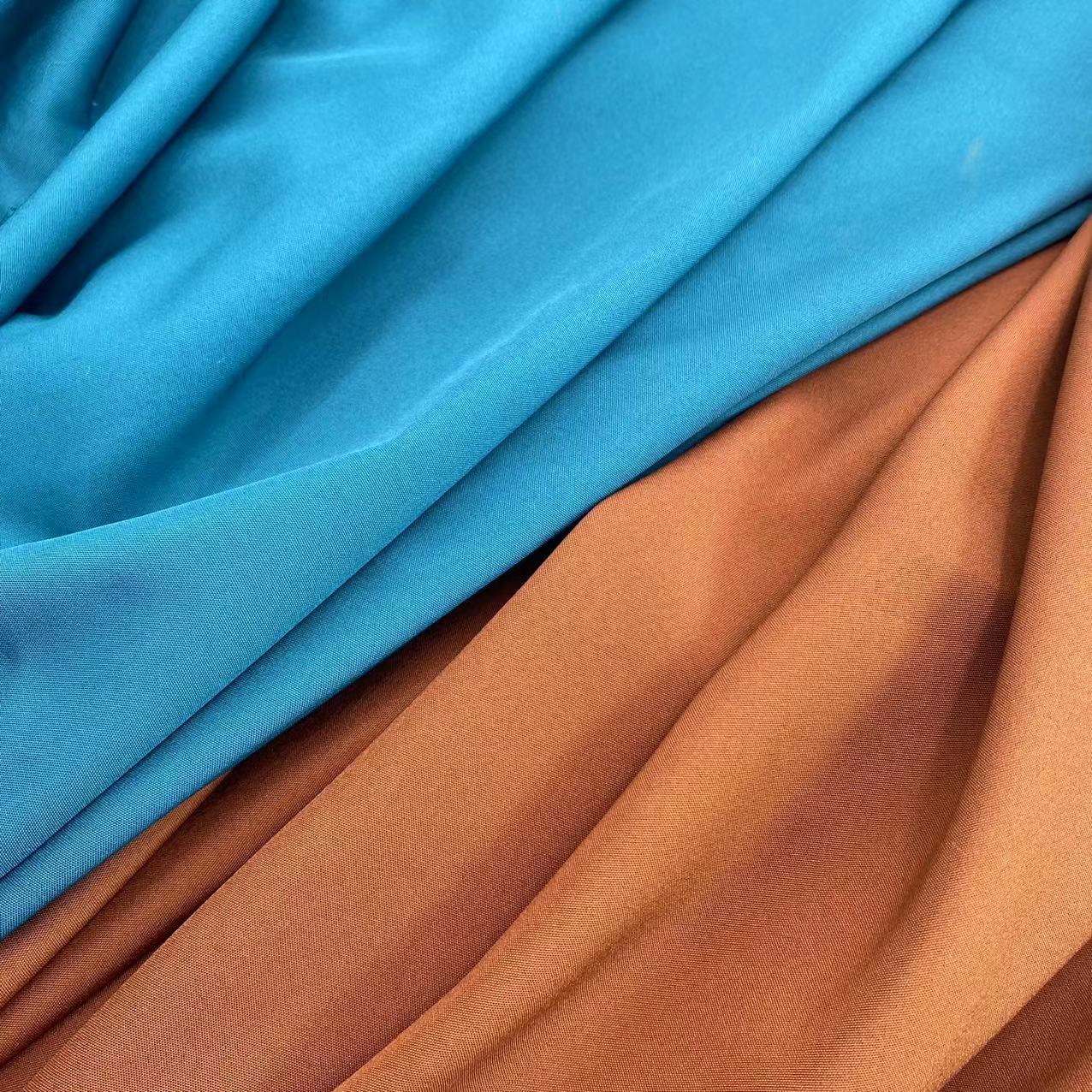If you are interested in some of our products, please feel free to visit our website or contact us for detailed information.
The characteristic sheen of satin fabric is primarily due to the way the yarns are woven together. Here's how it works:
Satin fabric is typically woven using a satin weave, which is a type of weaving where the weft (horizontal) yarns pass over a greater number of warp (vertical) yarns than they pass under. This results in a smooth surface with fewer yarn intersections, which contributes to the fabric's sheen.
The arrangement of the yarns in a satin weave allows the light to reflect off the surface of the fabric, creating the lustrous appearance. The face side of the fabric (the side with the sheen) has longer floats, while the back side has a more textured appearance with shorter floats.
The type of fiber used can also affect the sheen. For example, silk, a natural protein fiber, has a natural luster that enhances the sheen of satin. Synthetic fibers like polyester can also be used to create a similar effect, although it may not have the same depth of luster as silk.
The texture of satin fabric affects its drape and handle in the following ways:
Satin's smooth surface and minimal yarn intersections allow it to drape well, flowing smoothly over the body or other surfaces. This makes it ideal for garments like evening gowns, lingerie, and linings, where a fluid, elegant drape is desired.

The handle of satin refers to how the fabric feels to the touch. Satin is generally soft and smooth, with a cool, slippery feel against the skin. This makes it comfortable to wear and pleasant to the touch.
The sheen can also affect the handle of the fabric. A fabric with a high sheen can feel cooler and more slippery, while a matte or less shiny fabric might feel warmer and more substantial.
The weight and body of the satin fabric, which can vary depending on the yarn count and density of the weave, will also influence how it drapes and feels. Heavier satins may have more body and structure, while lighter satins will drape more fluidly.
Understanding these characteristics is important for designers, manufacturers, and consumers to make informed decisions about the use and care of satin fabrics.








.jpg?imageView2/2/format/jp2)







